Some things really were built to last—and your grandparents knew it. While modern trends push constant upgrades, older generations often held onto household items that proved their worth over time. These weren’t just practical choices; they were tied to memories, durability, and a mindset that valued quality over novelty. Here are 15 home items your grandparents never replaced—and for good reason.
1. Rotary Telephones
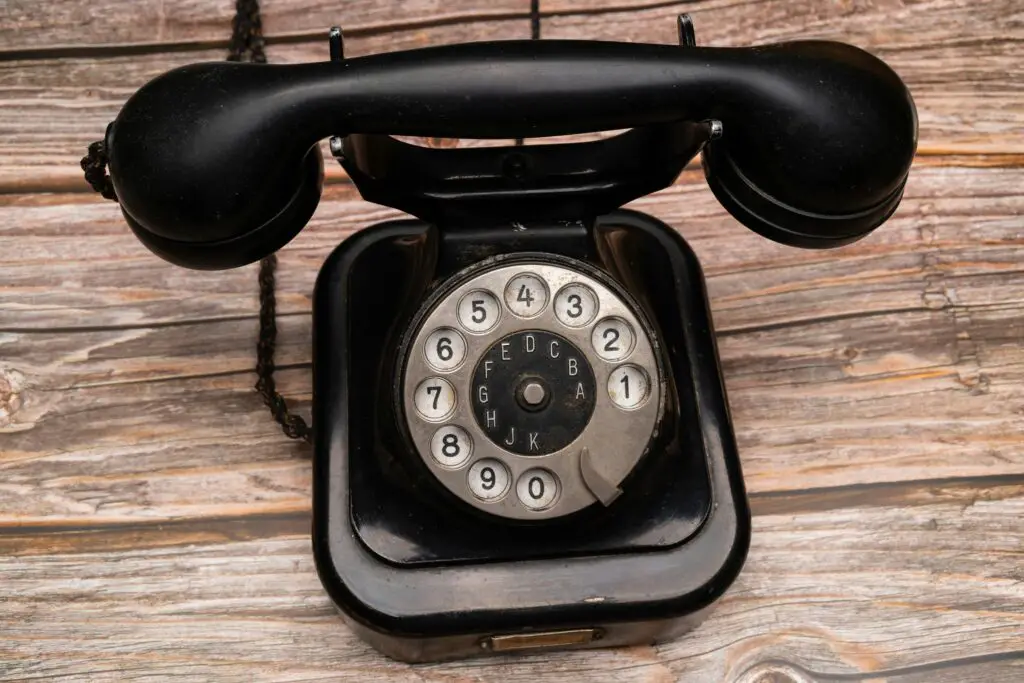
Rotary telephones may seem like relics, but some grandparents never felt the need to swap them out. These phones were built to last and didn’t rely on Wi-Fi or cell signals to function. According to Smithsonian Magazine, the rotary design became a symbol of mid-century resilience and simplicity. Even today, many older homes still have one tucked away, fully operational and ready to dial.
The tactile experience of turning the dial offers a nostalgic contrast to modern touchscreens. Rotary phones rarely broke, and when they did, they were usually easy to repair. Many users also appreciated the slower pace they enforced—fewer accidental calls and more intentional conversations. For those raised in the analog age, they remain a comforting presence on the wall or side table.
2. Cast Iron Skillets
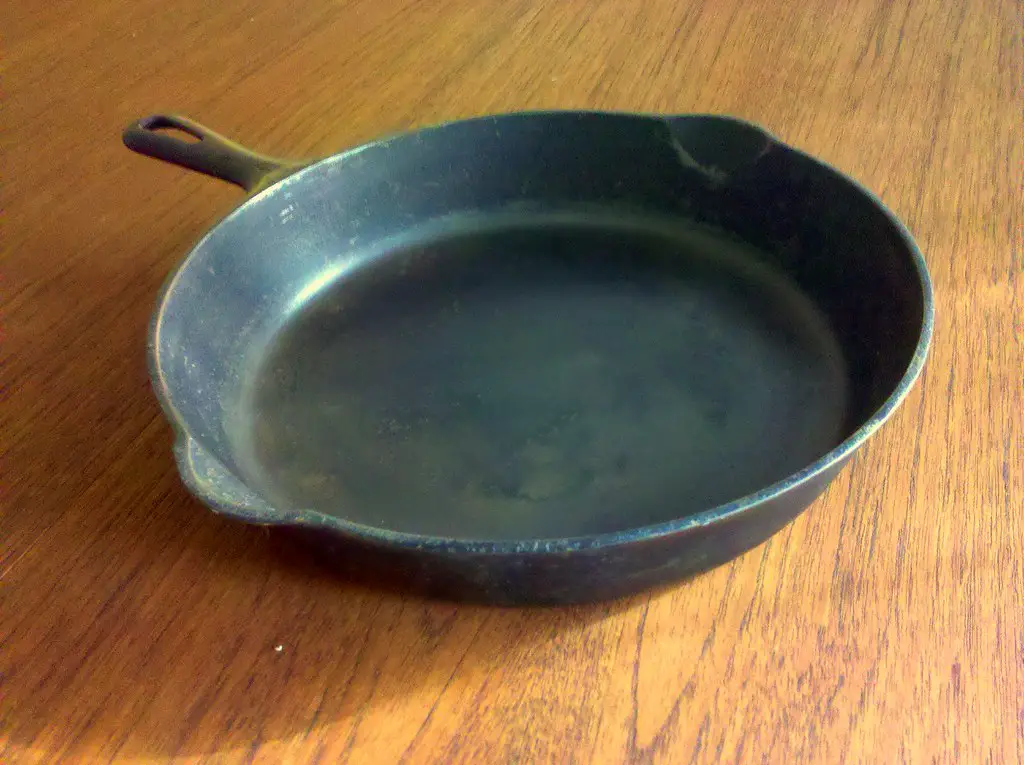
Cast iron skillets were a staple in every grandparent’s kitchen, and they’ve earned their place through durability and performance. These pans can be passed down for generations when properly cared for. As noted by Southern Living, many families still cook with cast iron inherited from their grandparents. Over time, the seasoning develops into a natural non-stick surface that rivals modern cookware.
They hold heat evenly, making them perfect for everything from cornbread to seared steaks. Unlike coated pans, cast iron improves with age and doesn’t flake or warp. Grandparents knew the value of multi-use items, and one good skillet could last a lifetime. With regular oiling and careful cleaning, these skillets remain the workhorse of any traditional kitchen.
3. Manual Coffee Grinders
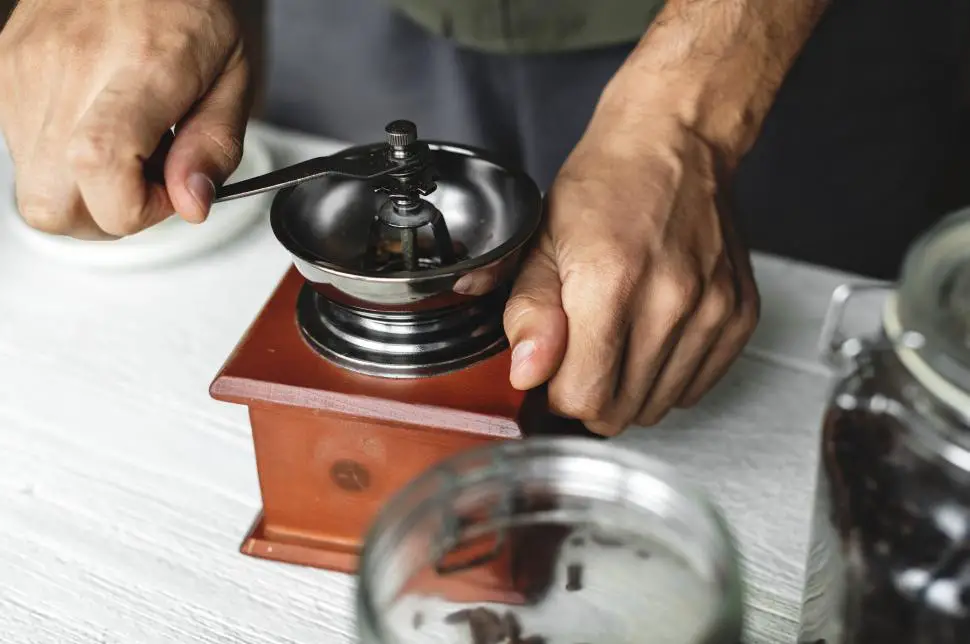
Before the days of pod machines and electric brewers, manual coffee grinders were prized for their control and consistency. Grandparents who kept theirs did so because it turned morning coffee into a thoughtful ritual. According to The Spruce Eats, hand-cranked models offer superior grind customization for different brewing methods. They’re also quiet, durable, and usually require no more maintenance than a quick rinse.
Many older adults preferred the craftsmanship of manual grinders, often made from solid wood and metal. Grinding beans by hand creates a fresher, richer cup of coffee. There’s also a nostalgic charm to the sound and feel of the crank turning. For coffee purists, no modern appliance truly replicates the sensory experience of manual grinding.
4. Tube TVs
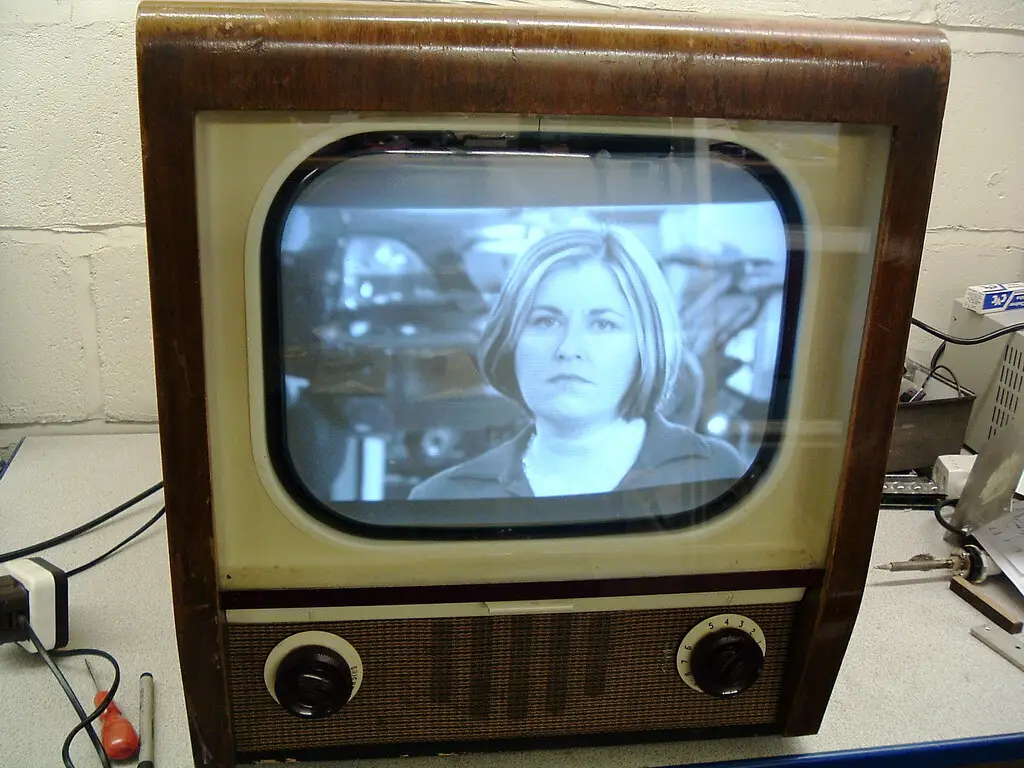
Though they take up more space than today’s sleek flatscreens, tube televisions stuck around in many grandparents’ homes for decades. Known for their sturdy construction, these TVs could survive years of use without issues. The Verge once noted that CRT (cathode-ray tube) models often outlasted newer technologies in lifespan. Some households even still use them for VHS viewing or retro video games.
The picture may not be high-definition, but the functionality remains. Grandparents appreciated that they didn’t need to update or upgrade with every new model release. Many of these TVs were also too heavy and cumbersome to discard easily, so they stayed put. And for those who grew up watching shows in black and white or limited color, the nostalgia alone made them worth keeping.
5. Sewing Machines
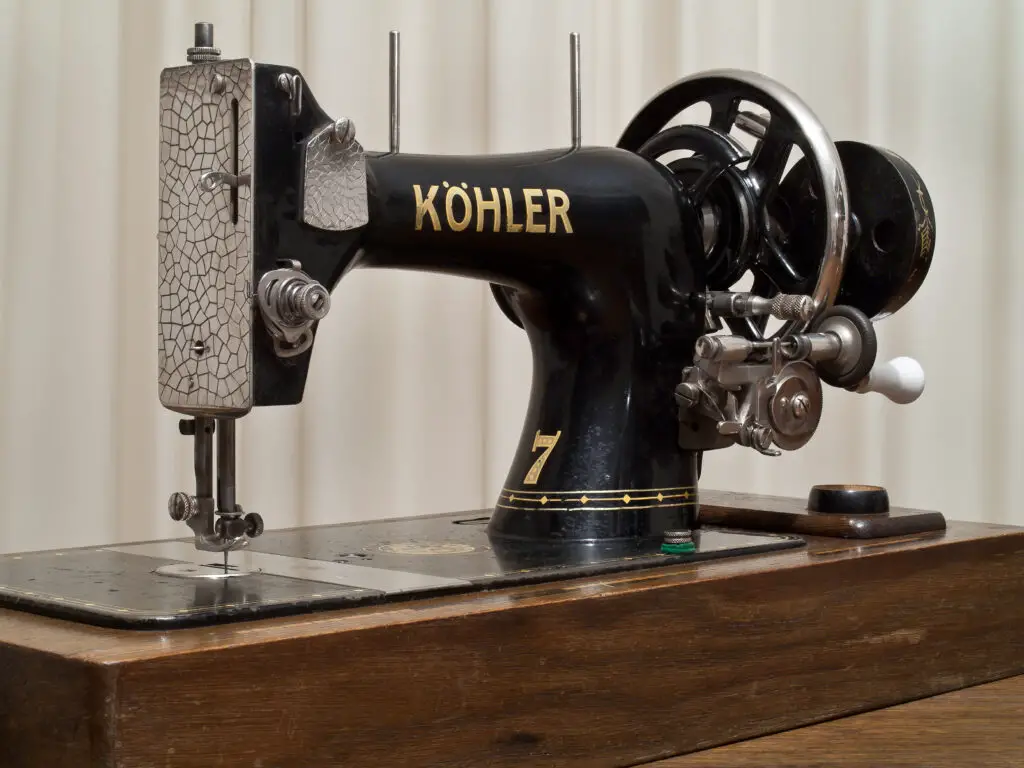
Sewing machines, especially vintage Singer or Brother models, were once essential household tools. Many grandparents never replaced theirs because they still worked beautifully decades later. These machines were made with metal parts instead of plastic, adding to their longevity. Their usefulness also meant repairs, mending, and even clothing creation could be done at home.
Grandparents often passed sewing skills down through generations, and the machine became a symbol of independence. Keeping the original machine was not just about function—it also held sentimental value. Some models even became family heirlooms, tucked away in closets or basements. They remain a testament to a time when self-sufficiency was key.
6. Record Players

Before streaming and Bluetooth, there was the warm crackle of vinyl from a record player. Many grandparents still own theirs, refusing to part with the experience. These machines connect music to memory in a way no MP3 ever could. Their mechanical parts are simple to fix, and new needles are still easy to find.
Record players became more than devices—they were pieces of furniture, often built into stylish cabinets. Playing an album was an event, not just background noise. Grandparents appreciated the richness of analog sound that digital files often miss. Even now, vintage models are prized by collectors and music lovers alike.
7. Hand-Crank Egg Beaters
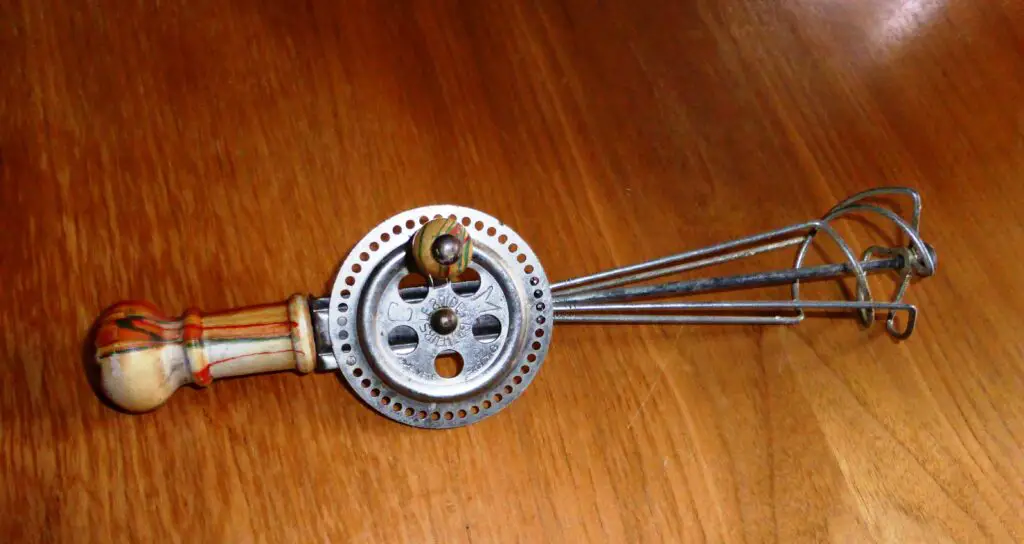
Long before electric hand mixers filled kitchen drawers, hand-crank egg beaters did the job just fine. Grandparents who kept them liked the simplicity and the lack of need for power outlets. They’re easy to clean, hard to break, and store neatly in a drawer. The turning gears feel old-fashioned but effective, even today.
Making whipped cream, scrambled eggs, or pancake batter was just as easy with a bit of elbow grease. These tools offered full control over mixing speed without cords or batteries. Many users felt more connected to the cooking process when using one. And they serve as a gentle reminder that not all technology needs upgrading.
8. Push Reel Lawn Mowers
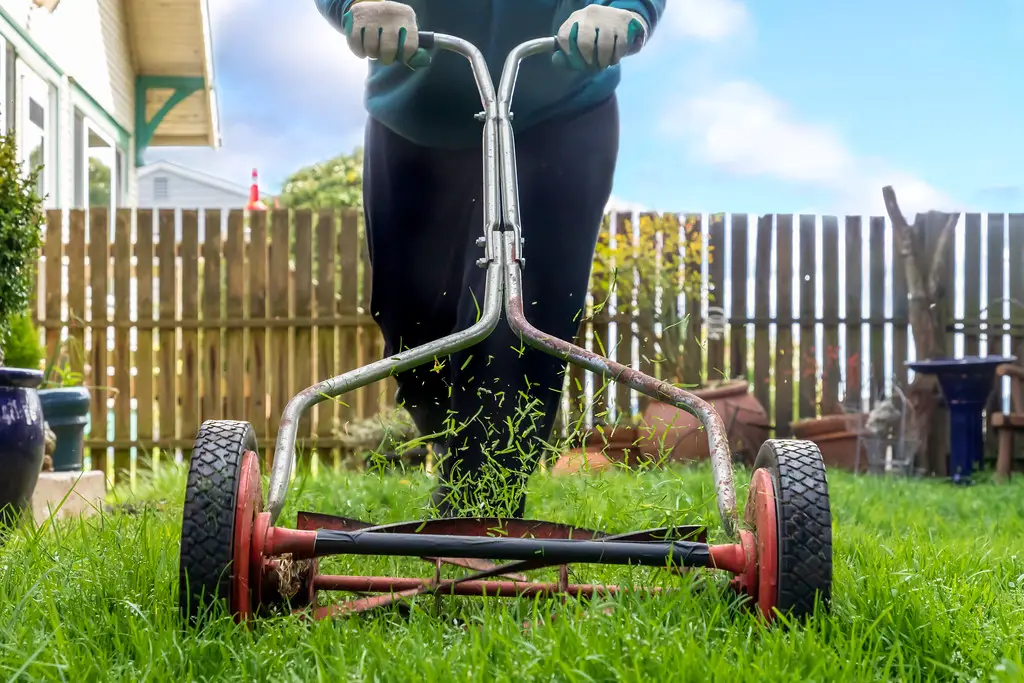
Push reel lawn mowers are manual, quiet, and environmentally friendly. Grandparents often favored them for their simplicity and low maintenance needs. They don’t require gas or oil, and they last for years with minimal upkeep. Blades stay sharp longer when cleaned and stored properly.
These mowers make a rhythmic, satisfying sound that evokes a slower, quieter era. They also provide a little extra physical activity while tending the yard. For smaller lawns, push reels are often more than enough. And their lack of emissions makes them an eco-friendly throwback choice.
9. Clotheslines
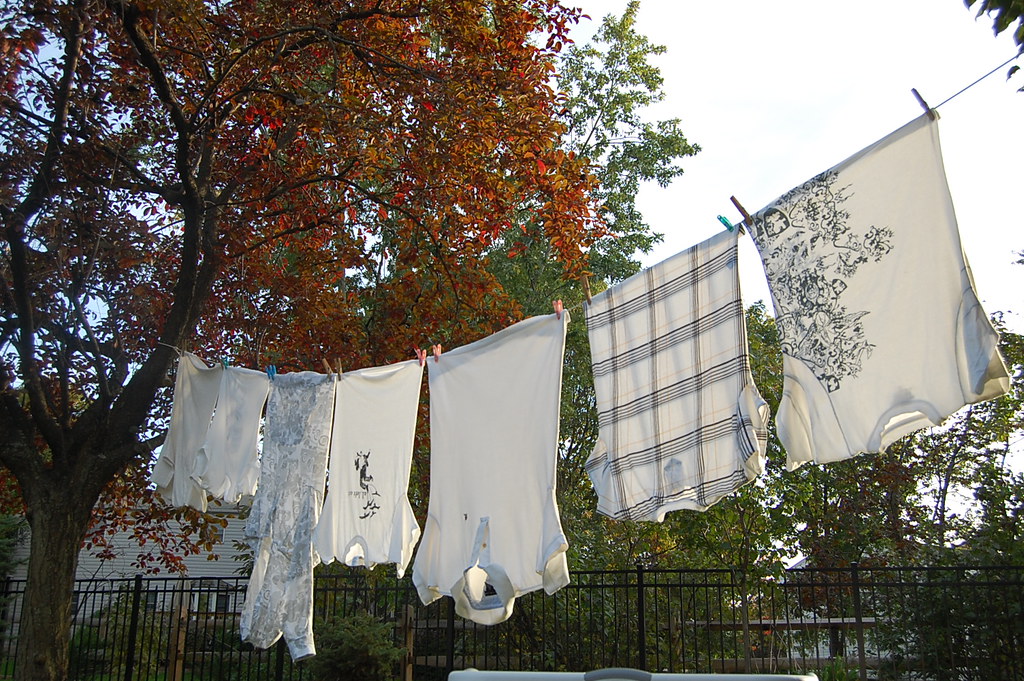
Before dryers were common, clotheslines were the norm—and many grandparents never gave them up. Hanging laundry in the sun is energy-efficient and gentle on fabrics. It adds a fresh scent no dryer sheet can replicate. Clothespins and lines are simple, affordable tools that still do the job.
Some grandparents viewed clotheslines as a meditative part of their routine. They enjoyed the process of shaking out linens and watching them sway in the breeze. It also helped reduce utility bills. Even today, some people rediscover this method for its charm and effectiveness.
10. Mason Jars
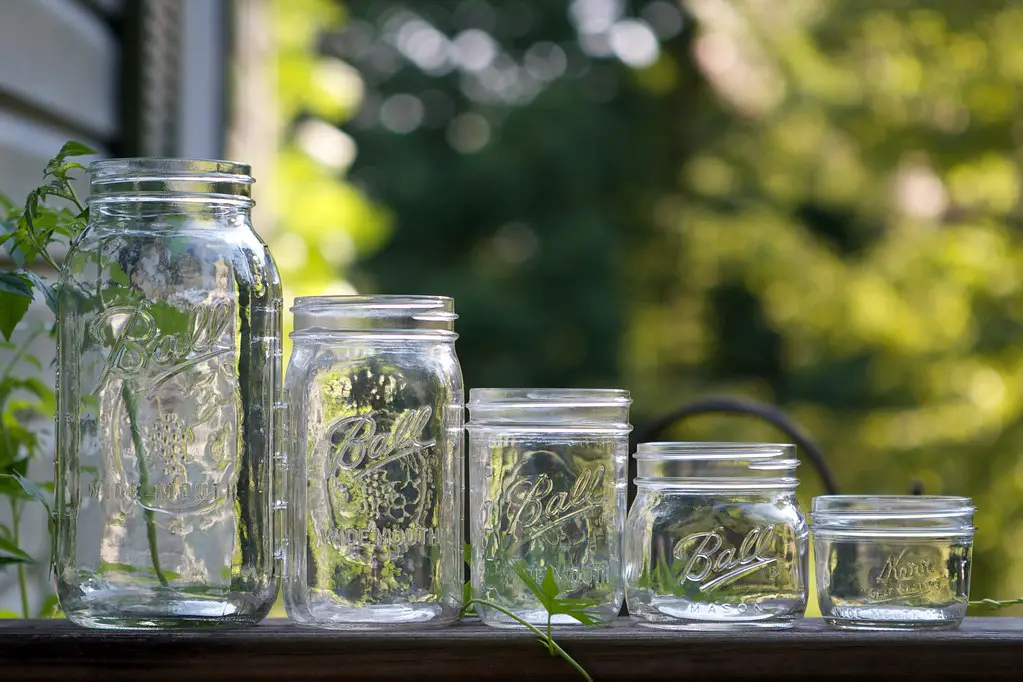
Mason jars are the original multi-taskers in the household. Grandparents used them for everything: preserving food, storing dry goods, or even drinking sweet tea. They’re made of thick glass that resists wear, breakage, and staining. Their design hasn’t changed much because it never had to.
Screw-on lids and reusable seals made them ideal for repeated use. Mason jars often lined pantry shelves in neat, practical rows. They represent a practical, waste-reducing lifestyle many still admire. It’s no wonder grandparents held onto them year after year.
11. Wall Calendars
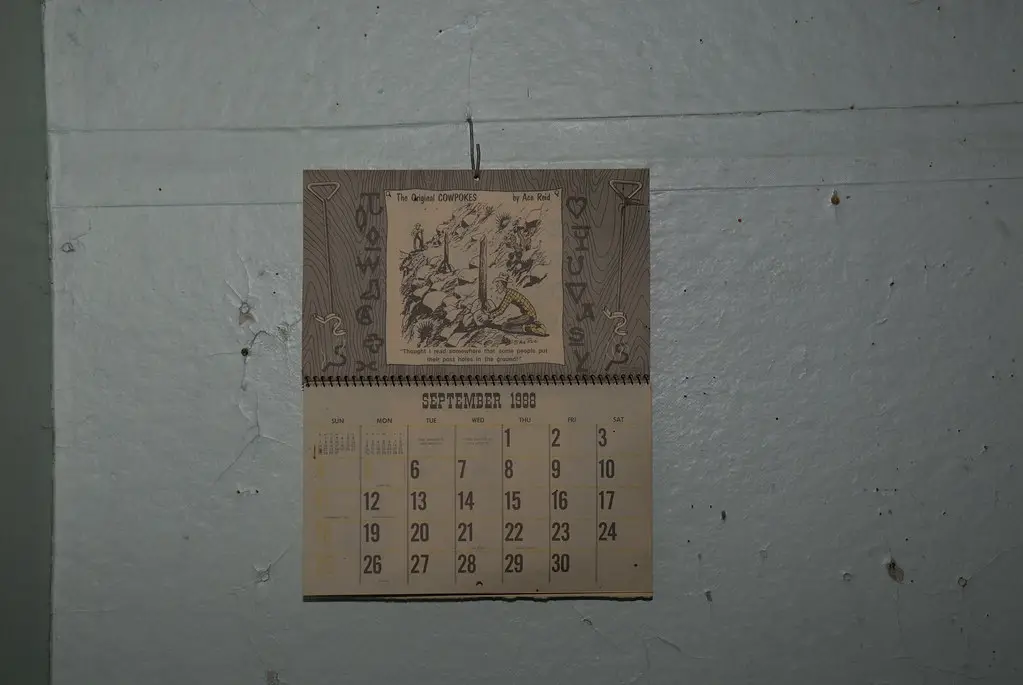
Wall calendars may seem outdated in the age of smartphones, but many grandparents still swear by them. Hanging in the kitchen or office, they offer a visual, tactile reminder of time passing. They’re easy to jot notes on and require no apps or software updates. Some even feature local farm scenes or nostalgic artwork.
Flipping each month becomes a quiet, comforting tradition. Grandparents often keep old calendars for reference or sentimental value. They act as a record of birthdays, appointments, and family milestones. The paper-and-ink method remains just as valid today as ever.
12. Handheld Can Openers
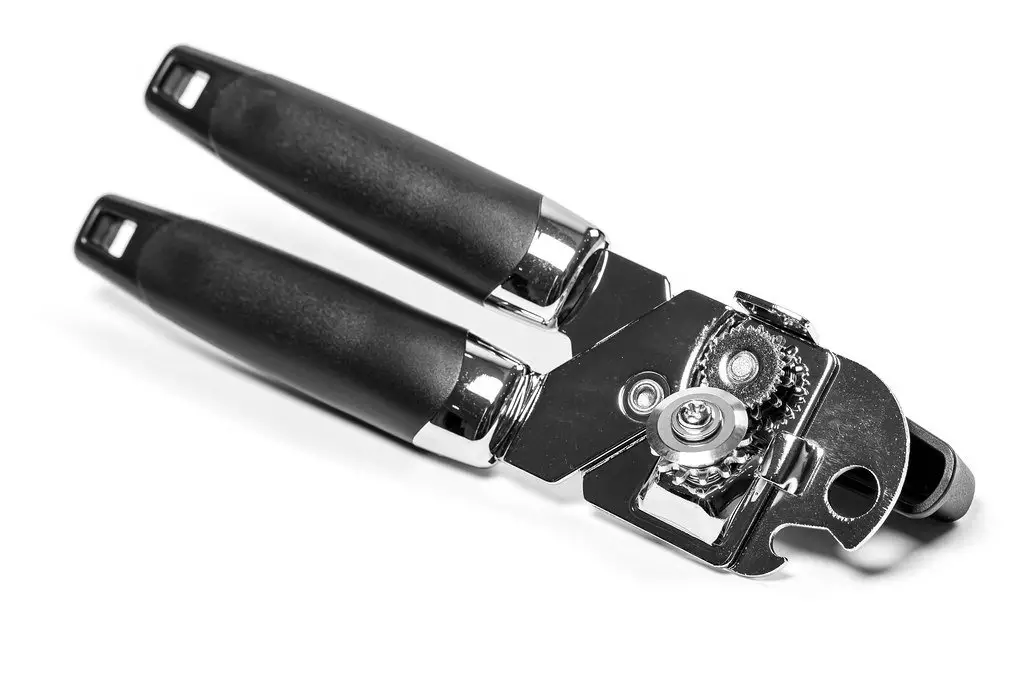
Manual can openers with rotating blades and handles are a kitchen staple that many grandparents never felt the need to upgrade. They’re compact, easy to use, and last for years with proper care. No batteries, cords, or confusing instructions required. Just a steady hand and a twist of the wrist.
These openers rarely jam or break, unlike some electric models. Many people find they offer more precision and control. Cleaning is quick and simple, usually just a rinse under the faucet. Their continued use proves that not every invention needs a motor to be effective.
13. Porcelain Dish Sets
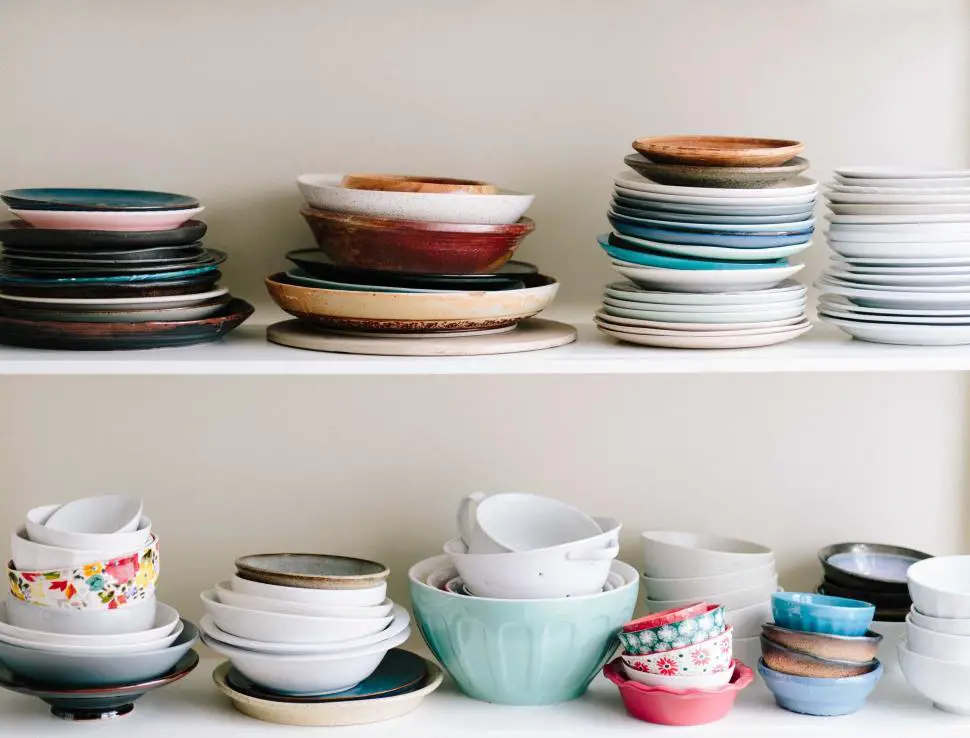
Porcelain dish sets, often handed down from generation to generation, remain a beloved fixture in many grandparents’ homes. They’re durable, elegant, and often tied to family history. Meals served on these plates feel more intentional and celebratory. Unlike modern sets, many featured intricate patterns and gold trim.
These dishes weren’t just used—they were cherished. Grandparents often kept them in china cabinets, taking them out for holidays or special dinners. Their continued presence at the table shows reverence for tradition. Even chipped or faded pieces carry a story.
14. Glass Milk Bottles

Glass milk bottles from the days of doorstep delivery never really lost their appeal. Some grandparents reused them for water, juice, or even flower vases. Their thick glass kept liquids cold and fresh longer. And the clink of setting one down has a timeless ring.
They’re easy to clean and endlessly reusable. Grandparents appreciated not having to throw away plastic containers constantly. In many cases, bottles came with sentimental ties to local dairies. Their presence on the shelf often sparks stories of simpler times.
15. Metal Ice Trays
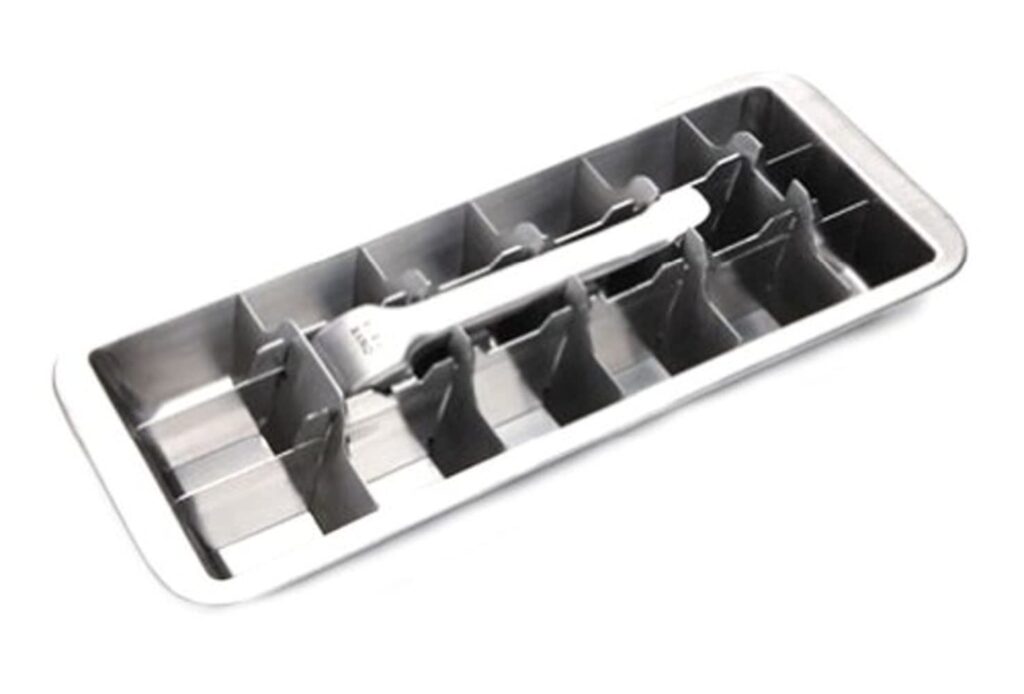
Metal ice trays with lever handles predate plastic cube trays and automatic ice makers. Grandparents who held onto them knew how reliable they were. The metal construction froze water faster, and the handle made ice release a breeze. They’re sturdy, stackable, and hard to beat in terms of longevity.
These trays didn’t crack like plastic ones or jam like freezer dispensers. They also had a satisfying mechanical feel when extracting cubes. Cleaning was straightforward, with no parts to lose or sensors to clog. Many still prefer them for their no-fuss, no-fail performance.
